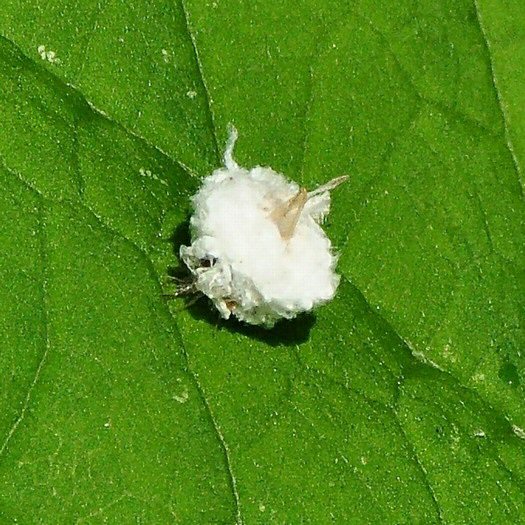|
June began wet as May had ended. However, we entered a summer pattern of heat and widely scattered evening storms.
June ended with very high temperatures; at the farm we had readings of 112, 113, and 114 F for the last three days.
Birds were busy raising young. Win took a very nice image of a Killdeer on her nest which she had located within a
pavement pothole at a boat ramp. I photographed a new bird for me at the farm, a Yellow-throated Warbler.
A Northern Mockingbird made a nest in a foundation scrub at the house. Four eggs hatched and the young were
successfully raised and fledged. The parents brought insects to the young every two or three minutes during the
peak growing days.
While on a stream survey in his work, Win snapped images of Yellowfin Shiners in their spectacular red-orange
breeding color. He also caught some images of an Otter at a boat landing on Lake Thurmond.
As always, insect activity has abounded. I found two cantaloupe-size nests of Bald-faced Hornets near the farm pond.
I also found (or perhaps just took note) for the first time two strange white insects. One looked like a caterpillar
with snow-white growths from its back. The other looked like a bug/beetle with similar growths on its back. These
sightings were in separate locations. With help from friends, I was able to identify the caterpillar-like creature as
a Butternut Woolyworm. It is not a caterpillar but a larva of a sawfly. The white material is exuded from its skin,
perhaps as a defense mechanism. The bug-like creature is a larva of the Mealybug Destroyer. The Destroyer is a
species of lady beetle. Mealybugs have a similar look. Perhaps the purpose of this larva's white stuff is camouflage.
Rabbits must truly be one of the mainstays for larger carnivores. They certianly breed like rabbits! We have a constant
stream of varying sized cottontails in our yard. Each morning and evening we can count a handful grazing on the lawn.
Of course, there is no shortage of Cotton Rats scurrying about the fields for the smaller carnivores.
|















